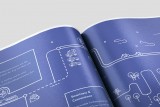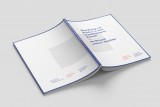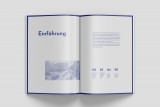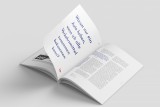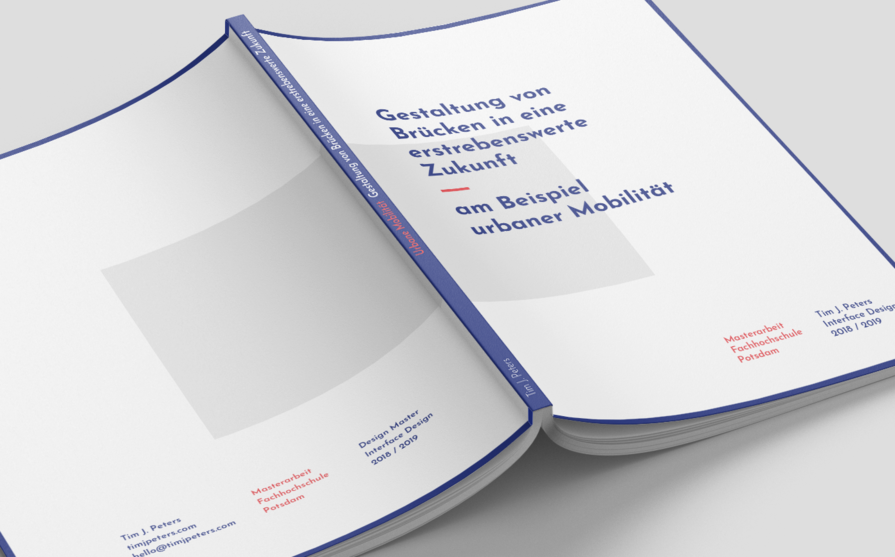
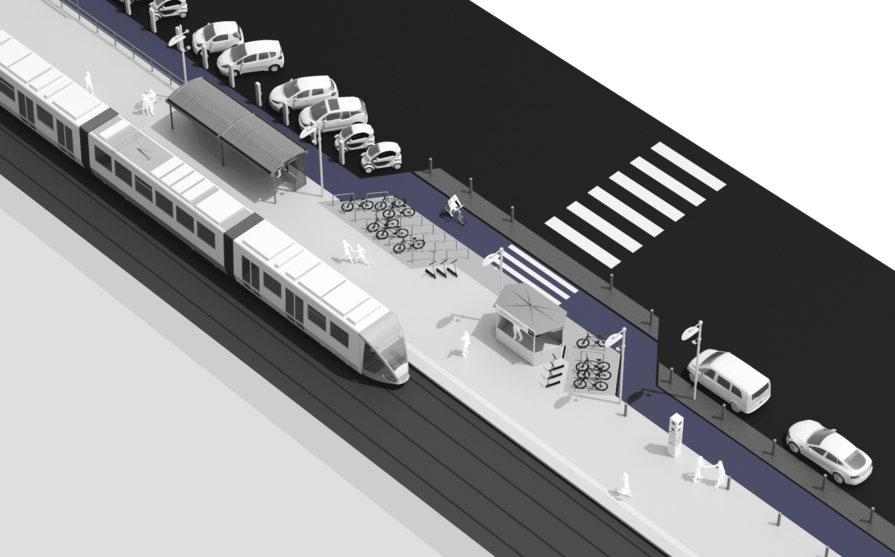
In my master's project, I created an intermodal service concept to establish a more sustainable and efficient way of urban future mobility for a target group that appears to be not yet reached by existing solutions.
Urban mobility is rapidly changing – to the better?
We are currently experiencing an upheaval in urban mobility. After decades in which cars have determined urban traffic (and thus also the appearance of cities themselves), new drive technologies as well as new mobility services and business models are entering the market.
This shift brings with it different visions of how we could move around the city in the future – some more socially desirable, some less.
But the future never comes suddenly. It is a product of many partial steps, events and decisions: As an example, car sharing services are already helping us get used to driving the same large cars in the future as today, even if we no longer own them. Ever better assistance systems are preparing us for autonomous driving, within the framework of the existing infrastructure. This bridges the way into one specific possible future of urban mobility. One that might be more shared and barrier free but also one that is first of all most likely driven by economic goals.

As a designer I am convinced that we need to build such bridges – that help to make a certain future more likely – for those future visions as well that are not economically driven but socially. Possible futures with less pollution and noise emissions, less space consumed by the car and, at the same time, more shared mobility with the same level of comfort.
In my master's thesis, I introduce the concept of weighted intermodality as an objective. This term describes the use of several means of transport on one route, with preference given to those means of transport that cause the least damage to society and at the same time enable the greatest possible individuality.
The project sees itself rather as an effort to implement tangible progress in the desired direction than trying to reach the best possible solution for all at once. This follows the theme of creating »bridges« into a more desirable future of urban mobility rather than a single definitive but complex solution.
An attempt for a solution in three spotlights
The featured bridges are represented in the thesis in the form of a mobility service with three spotlights, selected on the basis of scenario-based research, expert interviews and field research.
-
An intermodal mobility station to improve the transition experience between different means of transportation.
Interweave different mobility services and creating hubs where people actually like to spend time. -
A specialized working and business area in local trains and trams, providing them with a new purpose.
Enhance the quality of stay in local trains and enable passengers to actually use the time commuting (be it working or relax and recover). Combine commuting with useful microservices. -
And a service concept to increase the convenience in the overall intermodal process using a systemic approach.
Organizing intermodal commuting needs more than a mobility app. It must be a trusty digital chauffeur that makes moving through the city frictionless and reliable.
Please watch a short introduction to the spotlights here:
Business people as a target group for new mobility?
By comparing the use of more socially and environmentally desirable mobility modes within different social and economic milieus, the thesis points our, that of all the groups the one with the highest ecological rucksack is rarely reached by the more sustainable mobility modes yet. This group is not young, educated and liberal citizens but people with a higher income, working more likely in conservative businesses where large cars still act as a status symbol. Due to their position as role models and their higher ecological impact, it seems important to incorporate this group into the change process as well.
As a designer, creating a solution for this affluent target group appears to be of mixed blessings though. It can help to include individuals who are not reached by existing solutions yet and therefore enable a greater involvement to a societal goal overall. But at the same time it entails the risk to create another elitist and therefore contestable solution.
Nevertheless with the financial strength of the target group and their high demand it opens the way for a best-possible implementation of weighted intermodal mobility – which could subsequently unfold transfer effects to greater user groups as well. Or to make it simple: A concept that convinces even committed motorists of the benefits of intermodal mobility should easily satisfy the average Joe as well in the process.
Design can impact society
The core of the underlying attitude of this work is to understand design as something that actually transforms society. This requires an extension of user-led design, which above all wants to meet the needs of individual users, to a truly Human Centered Design approach, which takes both individual users needs and their context (and therefore society) into account.
If you want to know more about the projects or my thoughts about the future of urban mobility, please feel free to hit me up! I'd love to answer questions, get feedback or share knowledge.
Since it is funded with public money, I've decided to publish the full text of my master's thesis online. You can read it here (German).
